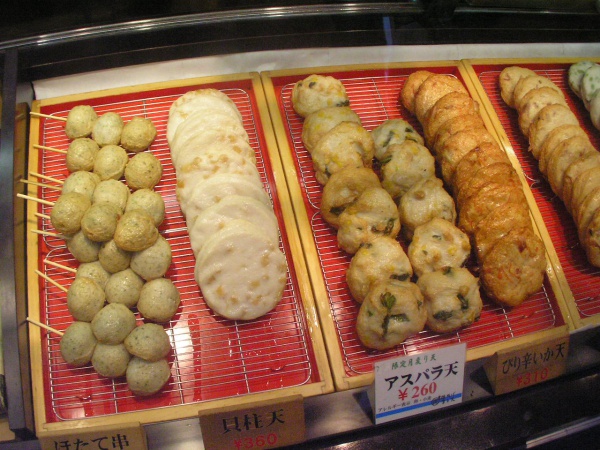Facts About Satsuma age
Satsuma-age is a beloved fried fishcake that originates from Kagoshima, Japan. This delectable treat is made by blending surimi (fish paste) with flour to create a paste, which is then fried to perfection. Though it is a specialty of the Satsuma region, this delightful fishcake is known by different names across Japan.
The base for Satsuma-age can incorporate a variety of ingredients, including different types of fish, vegetables, and spices. It is often enjoyed plain but is equally delicious when lightly roasted and dipped in ginger and soy sauce or mustard and soy sauce. You will find Satsuma-age featured in various dishes like oden, udon, sara udon, and nimono.
Traditionally, cod has been the preferred fish for making Satsuma-age, but other white fish such as haddock or whiting are also popular choices. For a twist in flavor, some people use oily fish like salmon. The surimi used in Satsuma-age can come from different fish species, including Alaska pollock, sardines, mackerel, and tuna.
The origins of Satsuma-age trace back to the Satsuma district in Kagoshima. Some tales suggest it was introduced by the Shimazu clan from Okinawa. Across Japan, Satsuma-age bears different regional names. In the Chubu region, it is known as "Hanpen" while in Hokkaido and western Japan, it goes by "Tempura."
There are many variations of Satsuma-age, including the flat Hiraten, the disk-shaped Maruten, and unique types like Goboten, Ikaten, and Bakudan. This dish has also spread to other countries. In Korea, it is called eomuk, and in Taiwan, it is referred to as tianbula. Vietnam also offers similar dishes.
Whether enjoyed on its own or as part of a larger meal, Satsuma-age is a versatile and delicious fishcake that continues to delight taste buds both in Japan and around the world.
